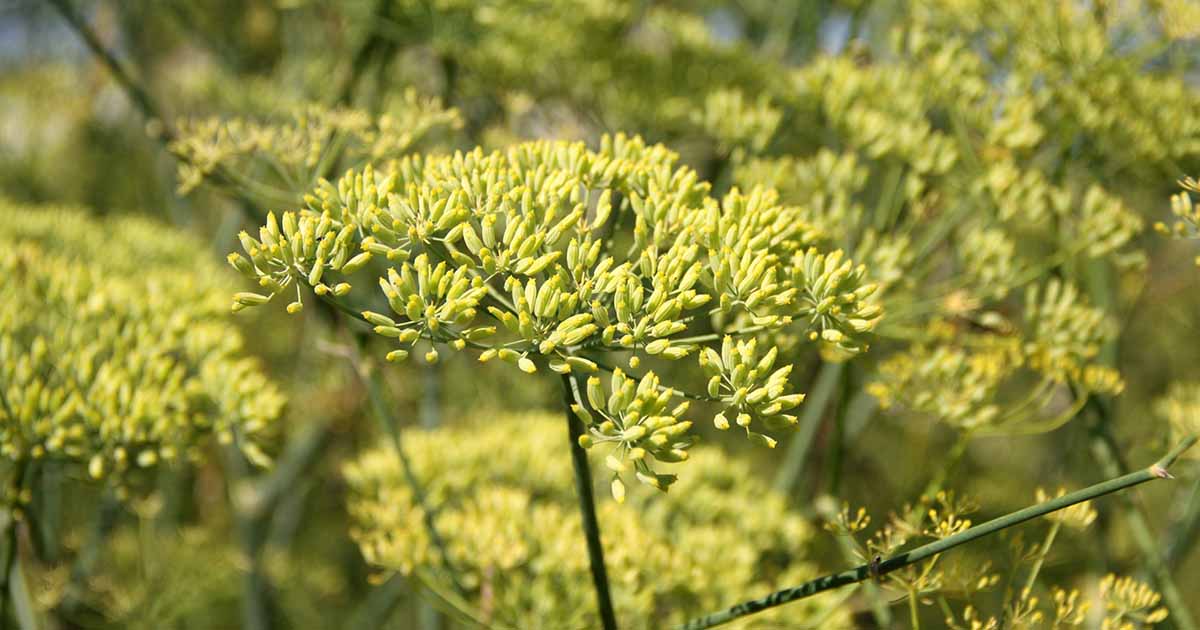How To Grow And Care For A Anise Plant
As we sit down to talk about growing anise, I have to say that this is one of my favorite plants to cultivate. With its unique licorice-like flavor, a touch of sweetness, and plenty of health benefits, anise is a must-have in any garden. Before we get into the details of planting and growing anise, let me share a little bit more about this amazing herb. Plant Attributes Anise (Pimpinella anisum) belongs to the Apiaceae family and is native to Egypt and the Mediterranean region. This annual herb is known for its distinctive aroma and flavor, making it a popular ingredient in many dishes around the world. Anise grows up to 3 feet tall and has feathery leaves that are bright green in color. The plant produces small yellowish white flowers, and these eventually form into seeds that are shaped like crescents. Plant Care Anise plants thrive in full sun and well-draining soil. They require regular watering, especially during dry spells. However, be sure not to over-water as anise plants don't like to sit in soggy soil. To ensure proper growth and development, it's recommended that you fertilize anise plants every four to six weeks. Use a high-nitrogen fertilizer to encourage leaf growth. Pruning Pruning anise plants is essential for maintaining their shape and ensuring that they produce a good crop of seeds. You should prune your anise plant when it reaches about 6-8 inches in height. Cut off the top half of the stem, leaving only two to three leaves on the stem. Propagation Anise plants are typically propagated by seed. The seeds are sown directly in the soil during early spring, once the soil has warmed up. The seeds should be sown at a depth of ¼ inch in rows that are at least 6 inches apart. Potting & Repotting If you don't have a garden or if you want to grow anise indoors, you can plant it in a pot. When planting anise in a pot, it's important to ensure that the pot is large enough to accommodate the plant's roots. A pot that is at least 12 inches in diameter is a good choice. To repot an anise plant, carefully remove it from its current pot, loosen the roots, and place it in a larger pot with fresh soil. Common Pests & Plant Disease Anise plants are relatively pest-free. However, they are susceptible to powdery mildew, a fungal disease that can be treated with a fungicide. You should also keep an eye out for aphids and spider mites, which can be controlled using insecticidal soap. Common Problems The most common problem with anise plants is root rot, which is often caused by over-watering. To prevent root rot, be sure to use well-draining soil and water your plants only when the soil is dry. In conclusion, anise is a versatile herb that is easy to grow and has numerous health benefits. Whether you're a seasoned gardener or a beginner, you can enjoy anise in your garden or on your plate. So go ahead and plant some anise today! 



gardenerspath.com - anise anis pflanze wirkung wirkstoffe anwendung gardener anisum pimpinella celery ganz gardenerspath

www.gardeningknowhow.com - anise star grow plants growing

gardenerspath.com - anise seeds fronds remind fennel
Post a Comment for "How To Grow And Care For A Anise Plant"